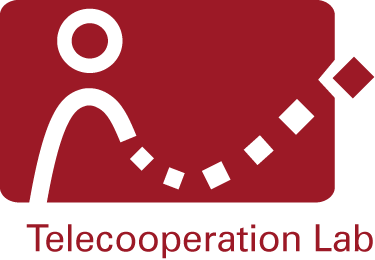
The success of social media such as Myspace, Facebook or Twitter shows that people embrace technology in order to be able to stay in touch and have social interactions with each other. Unfortunately, despite their success, social media do not support or reflect the actual social structure of people’s relationships, leading some researchers to the conclusion that these media are actually ‘autistic’. As a response to the need for social interaction, researchers have been working on combining television, a popular and already social medium, with social features enabling remote interaction. As with the more general social media described above, until now these systems do not take into account the variation in relationships people have. E.g., many social interactive television (iTV) systems use a buddy list for showing viewers which of their friends are currently (and accidentally) online, in order to stimulate interactivity and sociability amongst them. However, a buddy list is not a group of equal friends, as people’s relationships have diverse and complex structures. Research on social interactive television has been more focused on the creation of communication features. We believe that depending on video content, social television has a greater potential to provide feelings of togetherness if real-life relationships are taken into account.
This work presents an explorative study investigating the social video watching experience in Germany and South Korea. We particularly explore the role of interpersonal relationships and its link to video genres. The results reveal that the desired relationship for social interactions around video content does not solely depend on strong relationship between viewers. These results can have considerable impact on designing social interactive television systems to enhance social interactions between remote viewers.
People
- Niloofar Dezfuli
- MohammadReza Khalilbeigi
- David Geerts
- Max Mühlhäuser



